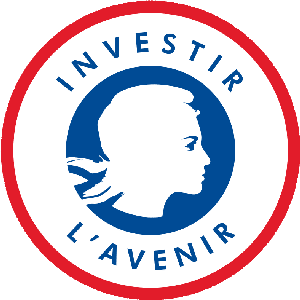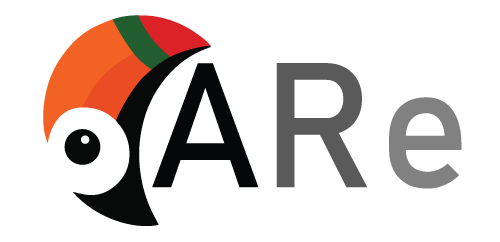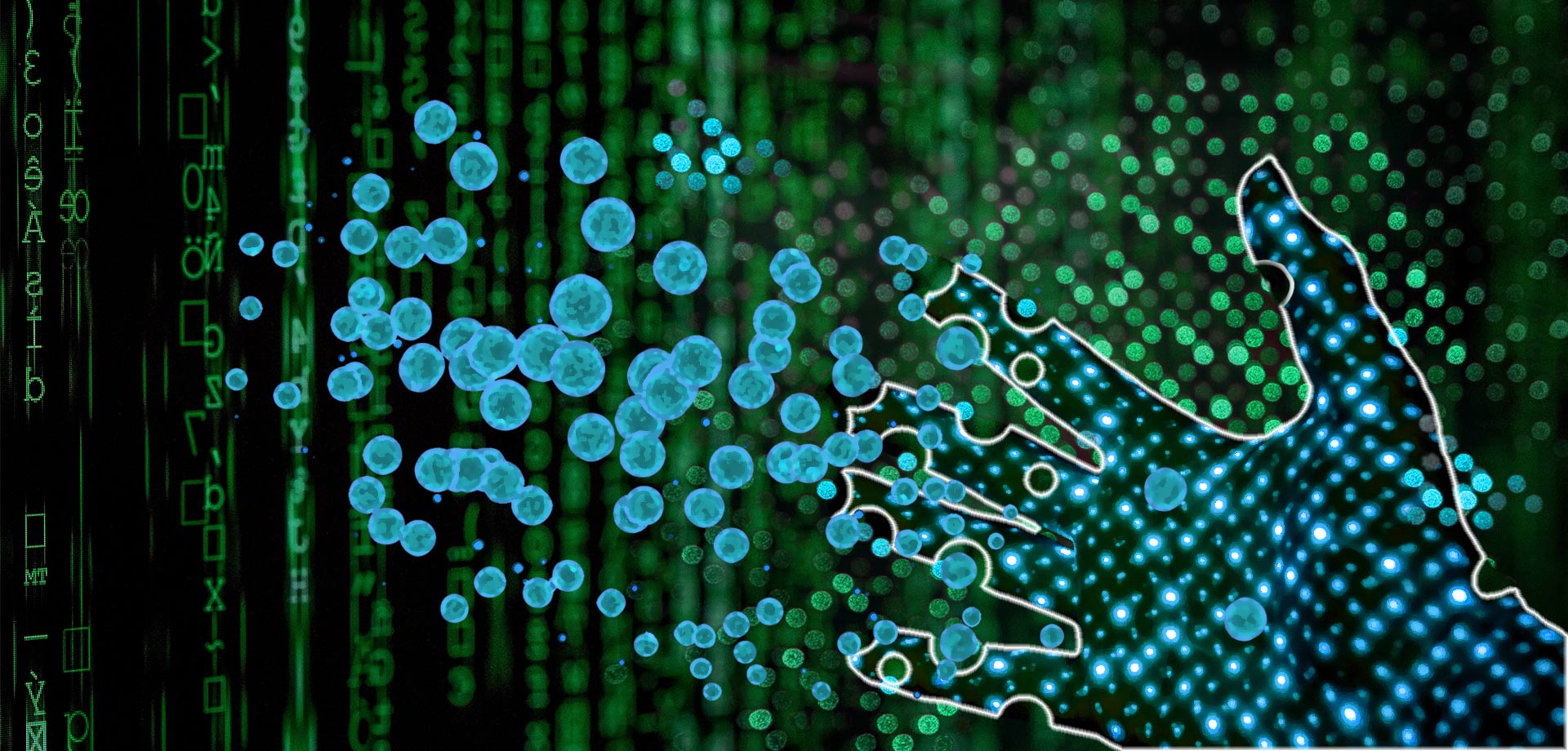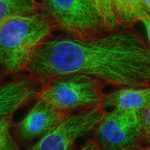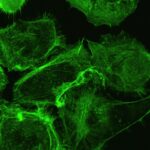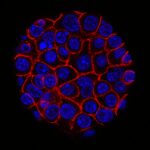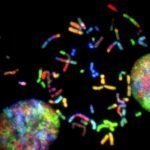PhD proposal
Supervisor: A. Yart
Team P. Valet – I2MC
The general aim of the thesis project is to better understand the pathophysiology of Noonan syndrome (NS), a relatively frequent (1/2000 live births) genetic disorder associating cranio-facial features, cardiopathies, short stature and learning disability. Beside these congenital involvements, patients with NS also display a wide range of clinical traits that are reminiscent of early ageing, the pathophysiology of which is misunderstood: bone defects (e.g. decreased bone mass), muscle weakness, predisposition to myeloproliferative disorders (e.g. juvenile myelomonocytic leukaemia, JMML) and metabolic imbalance (e.g. insulin resistance). Interestingly, we and other obtained striking evidences that many of NS impairments are related to the dysfunction of cells from the myelomonocytic lineage : myeloid precursors in JMML, osteoclast in bone defects, monocytes/macrophages in insulin resistance. As a result, our project now aims
- to understand the cellular and molecular mechanisms that confer on these cells their pathophysiological potential with a particular focus on the pro-senescent potential of RAS/MAPK hyperactivation,
- to assess the relative contribution of myelomonocytic cells to the development of the different traits of the disease, and
- to translate the obtained observations to the clinics.
For this, we will favour a translational, comprehensive approach taking advantage of our expertise on the pathophysiology of NS, a wide range of approaches to specifically alter myeloid cells in pre-clinical models (knock in mouse and zebrafish) and evaluate the consequences on major postnatal/evolutive symptoms of the disease and a large and well-documented cohort of patients associated to a full biological collection and results from ongoing clinical trials.
We expect to demonstrate that a dysfunction of cells from the myeloid lineage, in line with increased senescence, participates to multiple traits of NS, thereby highlighting a founding pathophysiological mechanism which could pave the way for the development of “many birds/one stone” therapeutic strategies. Beyond rare diseases, these results could help better understanding monocyte/macrophage biology and provide new insights into frequent pathologies involving myelomonocytic cells.
Key words: genetic diseases, macrophage, senescence, inflammation

